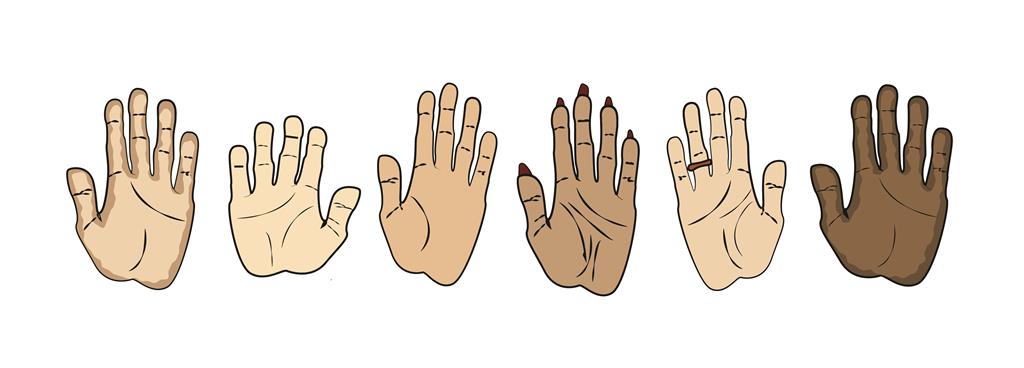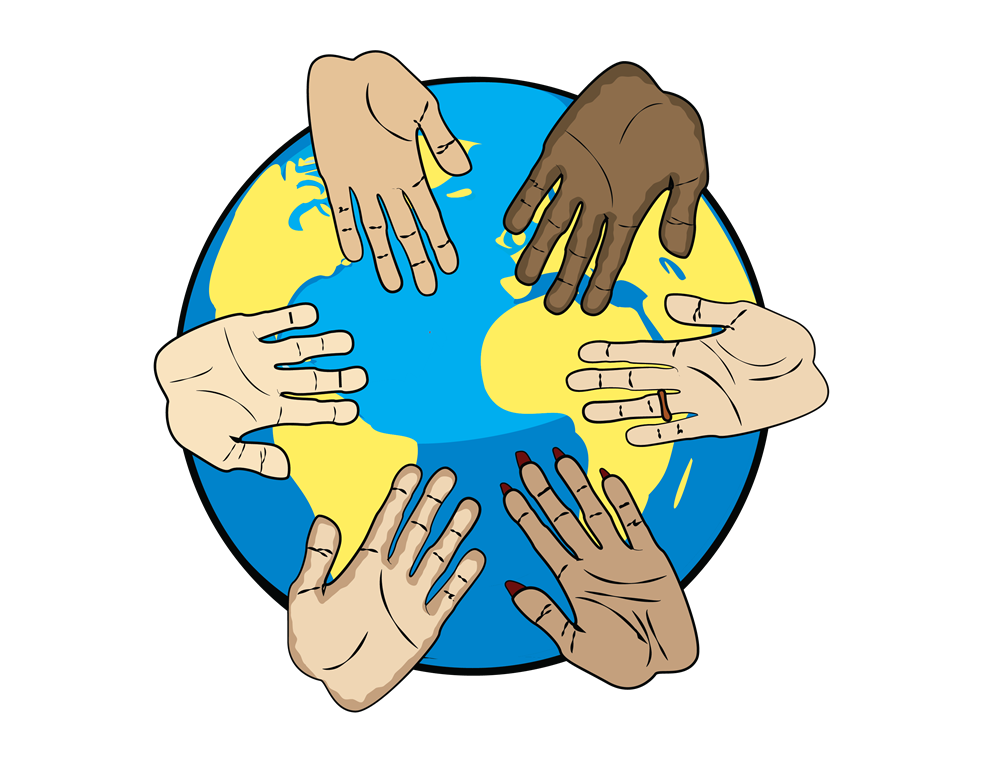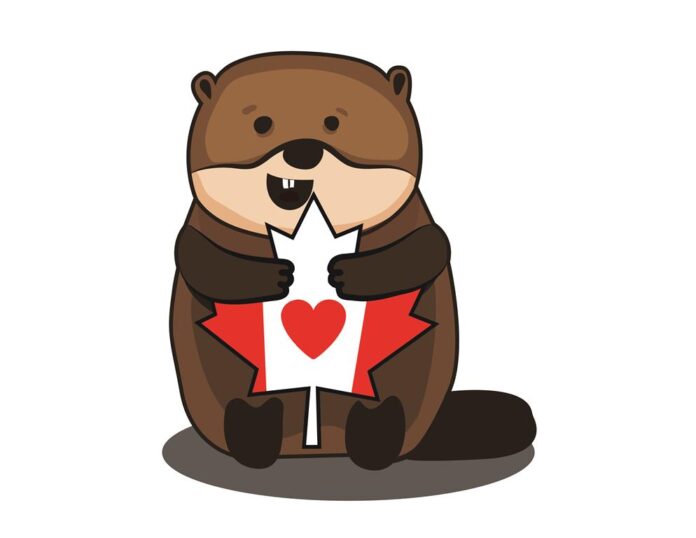As I hauled my large suitcases up six flights of stairs to the room I’d be living in for the next eight weeks, my mind was a void. I define myself as a chronic overthinker (Virgo moon), but the analytical part of my brain had shut down amid this flood of new information; all I could do was roll with it.
As the other internship program students filled in, my mouth became sore with introductions. My brain busily catalogued the relevant information on the 20+ people I would now be living with: a lot of Americans, a witty group of Brits, students from Switzerland, France, Vietnam… and one Canadian.
We got well acquainted during that first weekend before our internships started, sponsored by Aguardiente, Colombia’s national liquor. We shared interests, fields of study, cigarettes, and stories from our universities. People were eager to talk about their experiences and ask each other questions. One question I was often asked, but for whatever reason felt was impossible to answer, was a variation of, “So, what’s it like being Canadian? What do Canadians do?”
I didn’t have an answer that would satisfy them. There is no easy picture I can paint of a Canadian, as someone who probably doesn’t “look” like one herself.
“But have you seen Letterkenny?”
I’m reminded that I do not look like I belong to any particular country, as the “what are you?” questions seem to have followed me all the way to Latin America — as asked by so many of my Uber drivers. Though I admit, the question felt more disheartening than usual; I thought I would blend into Colombia.

All of these inquiries have me thinking about what it means to be Canadian. As I woke up on July 1st, my Instagram feed was flooded with content of those celebrating, and words from those abstaining from celebrating our nation’s birthday. Since June 2021, when over 900 unmarked graves were found in former residential school sites across the country, I haven’t celebrated Canada Day.
I can’t get drunk or sit at a parade knowing that unmarked graves are still being discovered across the nation. While I am thankful to live in a country that has many protections around basic rights and health care, these things are not equally given to all Canadians. The disparities of resources that affect Indigenous peoples, rural communities, and other vulnerable groups makes me wary of placing Canada on a pedestal.
Even though I am not Indigenous myself, I can’t explain Canada to someone who doesn’t know it without leading with the Indigenous knowledge that shapes my world-view. I wrestle with this, under the umbrella of cultural appropriation; I don’t want to step too far into a culture that is not my own, yet is intrinsically tied to the land I call home.
The discourse, academic or otherwise, around Indigenous sovereignty in Canada, is defining. How our government moves forth with reconciliation will set an example for Indigenous liberation worldwide. That’s what I’m most proud of when it comes to being Canadian — it’s the backbone of the works of art that I’m most excited to share.
To be Canadian right now is to be part of an active rewriting of the story of our past. I feel it every time I listen to a young Canadian person speak.
The speech given by community activist, writer, and artist, Farah Qadan, in the House of Commons urged our government toward a call for a ceasefire in Gaza. Her testimony as a Palestinian-Canadian broadens and enriches the Canadian story.
When Autumn Peltier, Anishinabek Nation chief water commissioner, mounts another global stage in her fight for clean drinking water for Canada’s Indigenous communities, her fearlessness affects lasting change. Speaking truth to power at just 20 years old, Peltier uses her platform to call out the Prime Minister, writing, “I will continue to yell at your back as you continue to turn away.”
Remembering UFV’s Fall 2023 exhibit, From Remembrance to Resistance: The Black Lives Matter Memorial, I can still feel the pen sketches by interdisciplinary queer artist Syrus Marcus Ware. A leader in the queer youth-advocation and BLM Canada, he reminds me that art is the tool that turns the wheels of social change.
I stopped by that exhibit many times throughout the semester. It encapsulated a conversation I so badly wanted to have, but struggled to find safe spaces in which I could have it. The solace I find in gallery and museum spaces is not constrained by language, as I realized during my time here. I visited the Museo de Arte Moderno de Medellín to interact in a dynamic one-sided conversation in which I didn’t have to do anything but listen, witness, and empathize. I was ripe for the work of Colombian artists — I was craving more knowledge around the social and political climate of this place.
Coming upon Desafiar. Atravesar el sol desde un gran Pacífico, I found an exploration of the lived experience of black and brown bodies in Colombia. Medellín, the capital of the province of Antioquia, is the political and economic centre of the region, and is occupied mainly by lighter bodies. As you move toward the coast, people get darker, and access to resources gets sparser.

While I’ve noticed that the racial agreements that I am used to in the West, with stark binaries of black vs. white, do not manifest the same here in Colombia, social inequalities facing Black and Indigenous peoples remain universal.
On the Fourth of July, the Americans in my cohort indoctrinated the rest of us into some Independence Day musts, beer and a (never-ending) quest for fireworks. While I got a few personal “happy Fourth of July” pats on the back — in which I promptly reminded everyone that I am Canadian — seeing a bunch of boisterous young Americans celebrate with pride left me questioning: Am I proud to be Canadian?
I do not shy away from sharing the truth about Canada’s history to those who know nothing about our country. I don’t deny the structural racism that Indigenous and marginalized people face, the lack of housing, or the issues facing students and workers — I don’t try to make Canada brighter or shinier than it is.
My understanding of home and my national identity is shaped by my connection to the land. Being in Colombia, the second most biodiverse country in the world, I am surrounded by unfamiliar and beautiful flora and fauna — yet nothing sinks into my being like a dampened West Coast trail or a lake waiting to be realized beyond a cover of trees.
Within every river I see the Stó:l? (Fraser River). The quiet whisper and faint bird calls ever present underneath a canopy of fir, pine, maple, and spruce hold some of my most cherished memories. Robin Wall Kimmerer, in her acclaimed book, Braiding Sweetgrass: Indigenous Wisdom, Scientific Knowledge and the Teachings of Plants, says that “to be native to a place we must learn to speak its language.”
As the land on which I was born continues to speak, shape and teach me, it’s here that I find the heart in being Canadian. If only I could transport those who ask what a Canadian is into the dense forests perched beside a sparkling body of water and say “something like this.” If only I had the breadth of knowledge needed to introduce them to the Indigenous practices that are now just an innate and cherished part of my reality. If they could know, as I know, a drum circle, or a reverence for First teachers and speakers.
You don’t feel a place until you leave it. You don’t know something until you are forced to question it. My identity, whether it’s decided by my physical attributes, place of birth, or ethnic origin, seems to be in constant flux, weighed against the values of the place I happen to find myself. There’s power in knowing that the most static part of me is as strong as the West Coast cedars and as undeniable as the Pacific currents. That I am, as we all are, held and shaped by the Canadian landscape and ever-evolving stories of this place.
Kiara Okonkwo is a writer and creative. She received a diploma in Screenwriting from Vancouver Film School and is pursuing her Bachelor of Fine Arts in Creative Writing and Media and Communication Studies. Kiara values self-expression and authenticity.


